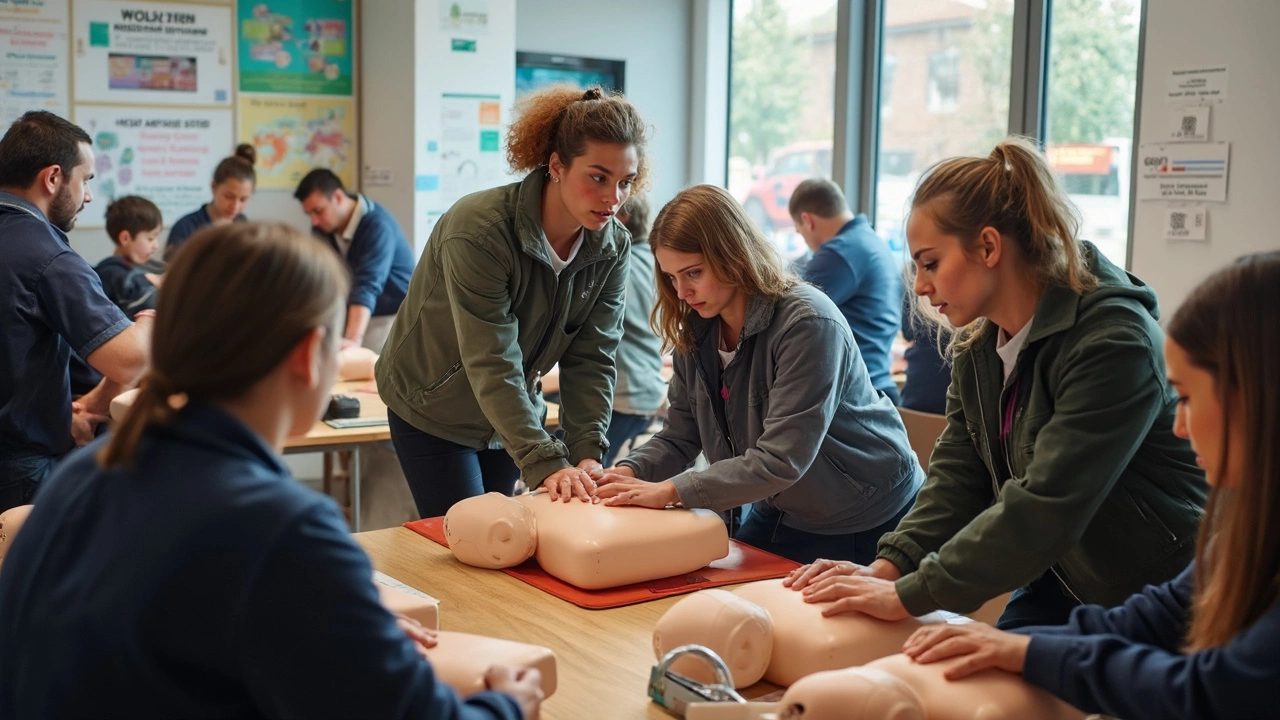CPR Training, Certification & Tips – Your Quick Guide
Ever wondered what it feels like to actually help someone who's stopped breathing? Learning CPR (cardiopulmonary resuscitation) gives you that power. It’s not a super‑hero skill reserved for doctors – it’s something anyone can master with a short, hands‑on course. In the next few minutes, I’ll walk you through why CPR matters, how to get certified, and a few tricks that keep you confident when the moment arrives.
Why Learn CPR?
Sudden cardiac arrest can happen anywhere – at home, at work, or in a park. The early minutes are critical; every 30‑second delay drops the chance of survival by about 10 %. That means if you can start chest compressions right away, you’re buying precious time for professional help to arrive. Beyond the numbers, knowing CPR gives you peace of mind. You’ll feel less helpless in emergencies and more prepared to step in for friends, family, or strangers.
Getting Certified – What You Need to Know
Most UK providers offer a two‑hour blended course: a short classroom session followed by practice on a manikin. You’ll learn the compression‑only method (hands‑only) and the full cycle that adds rescue breaths. After the practical, you’ll take a quick written quiz – no heavy exams. When you pass, you’ll receive a CPR certification that’s valid for two years. Keep an eye on the expiry date; many workplaces require a current certificate, and refresher courses are just as short.
Choosing the right course is easy. Look for providers accredited by the Resuscitation Council UK or the British Heart Foundation. They follow the latest guidelines, so you won’t learn outdated techniques. Some community colleges, fire departments, and even large employers run free sessions for locals. If you prefer flexibility, there are online theory modules that let you study at your own pace before the hands‑on part.
While you’re in training, focus on three core actions: check the scene, call emergency services, and start chest compressions. Your hands should be placed in the centre of the chest, pushing hard and fast – about 100 to 120 compressions per minute. Think of the beat of the song “Stayin’ Alive” to keep the rhythm. If you’re comfortable with rescue breaths, give two breaths after every 30 compressions. The key is to stay calm and keep the flow going until help arrives.
After you get certified, keep the skill fresh. Many organisations offer a 30‑minute refresher every year – it’s quick, cheap, and reinforces muscle memory. You can also practice on a friend or family member using a pillow to simulate the chest. The more you rehearse, the easier it feels when you actually need to act.
Finally, remember that CPR is just one part of a broader first‑aid toolkit. Pair your certification with basic wound care and choking response training, and you’ll be a well‑rounded emergency helper. Whether you’re a student, a retail worker, or a retiree, adding CPR to your skill set makes you a valuable asset in any community.




